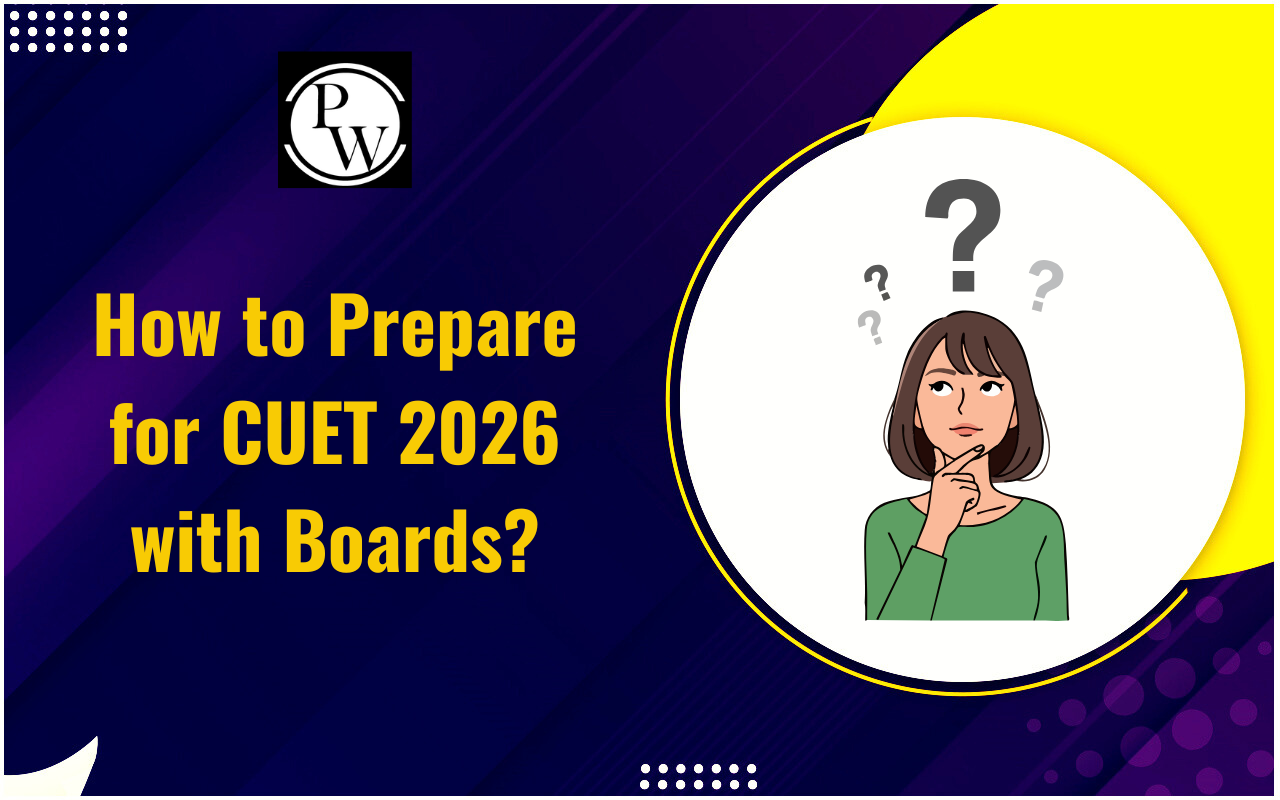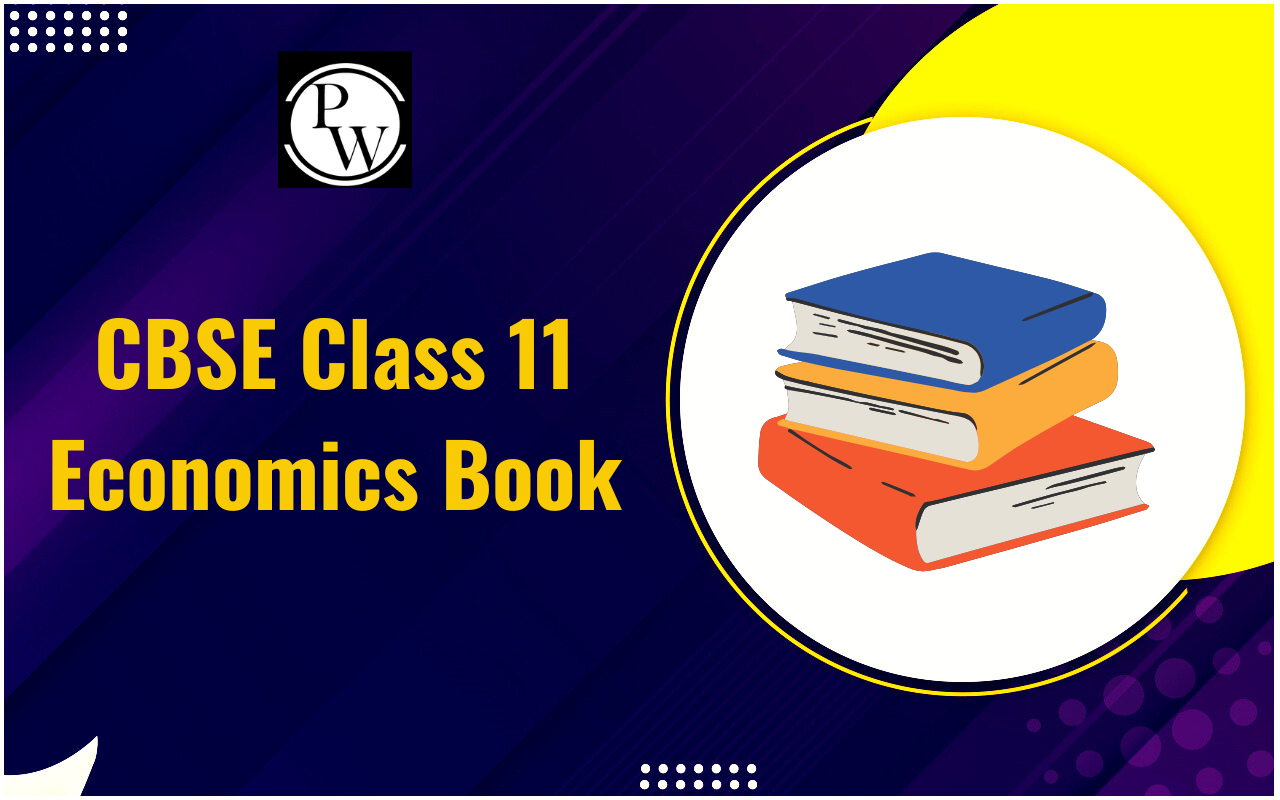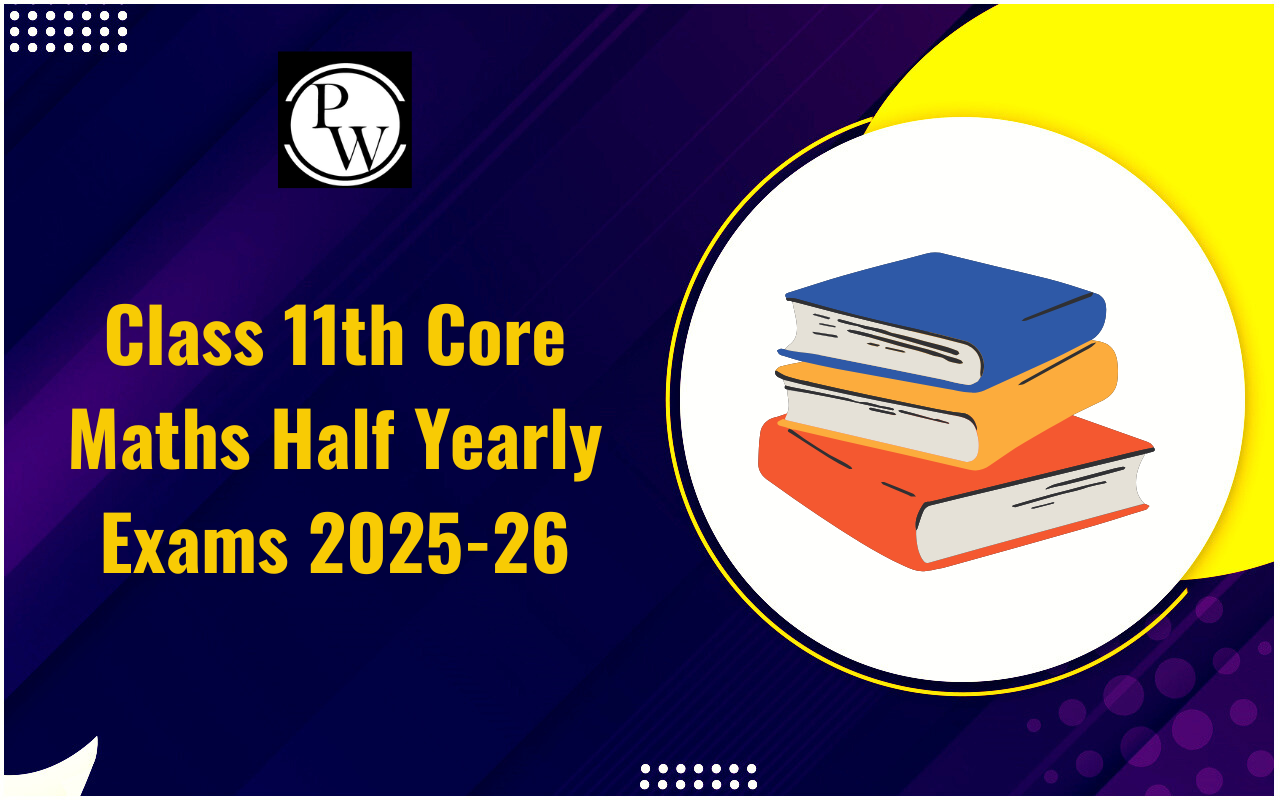
The Demographic condition demonstrates that most Indians are young, meaning that while we are the oldest ancient living civilization, we are also the most youthful nation alive. The revolution is still in progress.
Demographic Condition Meaning
Demographic condition refers to the distinctive characteristics of a population, including variables such as age, gender, ethnicity, education, income, and job status. These factors are crucial for understanding and studying a given group's composition. Studying demographic factors helps researchers, governments, and enterprises gather knowledge about a population's social and economic dynamics.
Let's go back a few decades. What was the demographic condition in India during British rule?
Demographic Condition in British Rule
The demographic condition of British India's population was collected through a census in 1881. Despite suffering from several ailments, it revealed the unevenness in Indian population growth. As a result, such census operations were carried out every ten years. Before 1921, India was in the early stages of demographic change.
After 1921, the second stage of transition began. At this point, neither India's total population nor its population growth rate were very high. Furthermore, several indicators of social progress were not encouraging.
The overall literacy rate was less than 16%. The female literacy rate was at 7% out of 16%. Healthcare facilities in the public domain were either unavailable to large segments of the population or severely underutilized when they were provided.
The death rate was quite high, and the newborn death rate was terrifying, at around 218 per 1,000, compared to the current infant death rate of 29 per 1,000.
Life expectancy was at 32 years, compared to the present 69 years. It is impossible to determine the amount of poverty at the period due to a lack of trustworthy statistics. However, there is little doubt that great poverty remained in India during the colonial era, which presented the poorest depiction of India's inhabitants at the time.
Water and air-borne infections were common in such a terrible demographic condition and took a heavy toll on people's lives.
Profile of Demographic Condition Under British Rule
The demographic condition of the population living in British-colonized India can be summarized as follows:
Literacy Rate:
With an average population literacy rate of 16% and a female population literacy rate of 7%, the literacy rate in India was arguably the lowest compared to the 74% we now have.
Living Standards:
Back then, people struggled to get basic basics like food, clothing, and shelter. Consequently, they had less time to ponder other aspects of life. Harsh famines and droughts also devastated India, killing many people. The most heinous occurred in West Bengal in 1943.
The British government did almost nothing to improve the people's well-being. Everything they ever brought in was to serve their selfish petty interests. They decimated the nation in every way imaginable - economically, psychologically, and by uprooting her entire educational ecosystem.
Birth and Death Rates:
The birth rate is defined as the number of children born per thousand people per year, whereas the death rate is defined as the number of people that die per thousand people per year. Both of these categories had high rates in British India.
Poor Health facilities:
Mortality rates were inherently high due to poor access to public health services. Famines, droughts, and air and water-borne diseases exacerbated the situation.
Infant Mortality:
Infant mortality is defined as the number of children who survive to the age of one year out of every thousand live births in a given year. High infant mortality rates in British India can be linked to poverty, malnutrition, catastrophic natural disasters, and a lack of public health facilities. At the time, the infant mortality rate was 218 per 1000.
Life Expectancy:
The rate of life expectancy is defined as a person's average life span. Because of technological breakthroughs, life expectancy is expanding nowadays. However, due to the living circumstances at the time, the life expectancy rate was a miserable 32 years. India had been demoted to the status of a feeder economy. It was one of the most terrible invasions in our civilization's past.
Demographic Condition FAQs
What was India's demographic condition like under British rule?
Why is studying demographic conditions important?
How are demographic conditions analyzed?
Can demographic conditions change over time?
Are demographic conditions the same worldwide?










